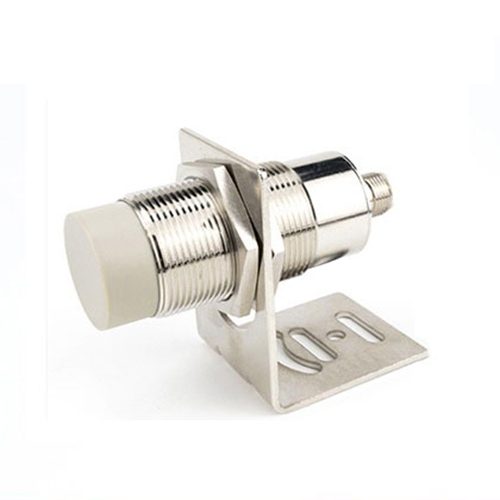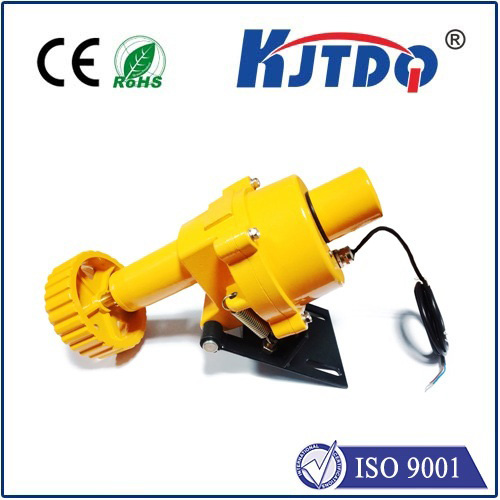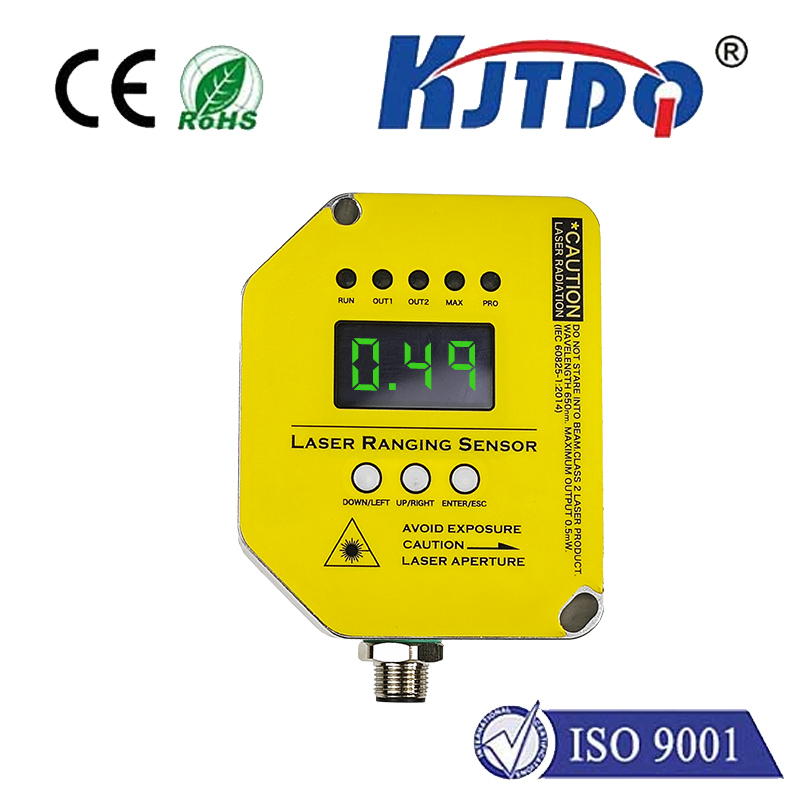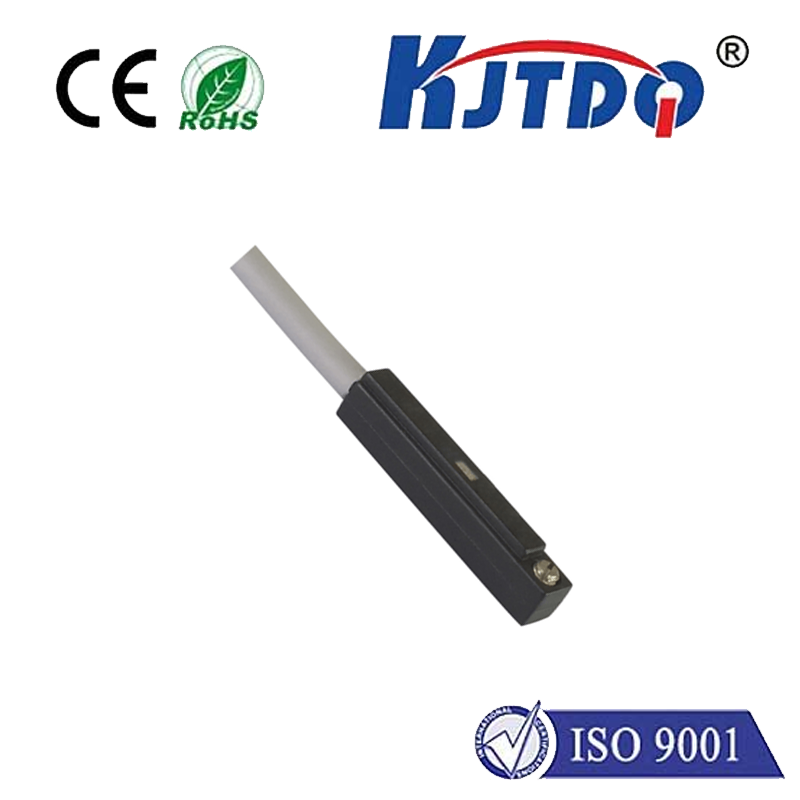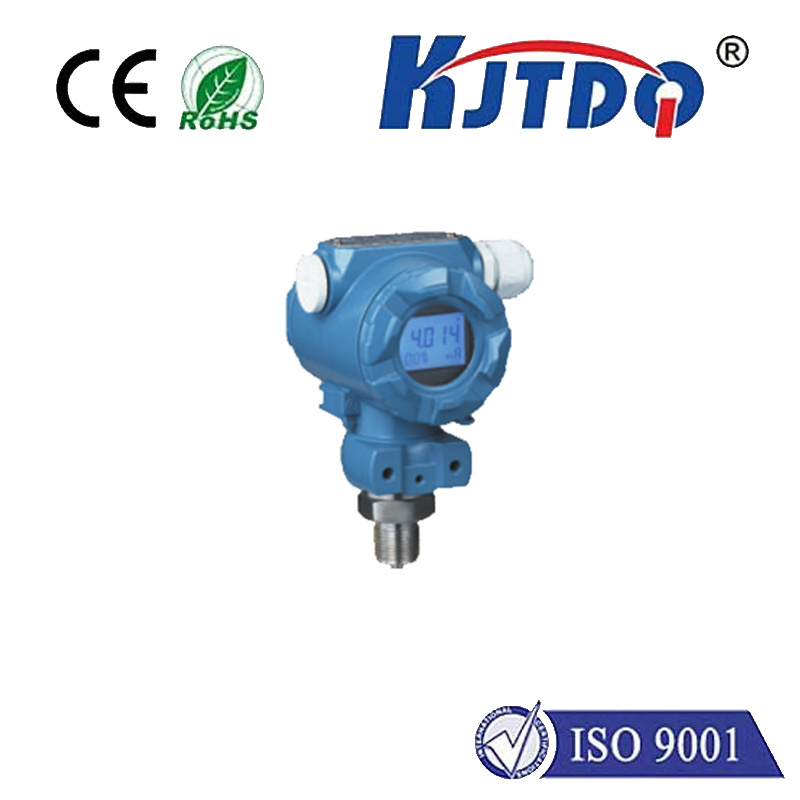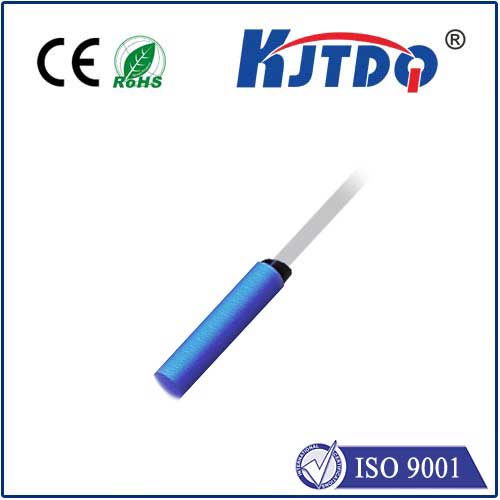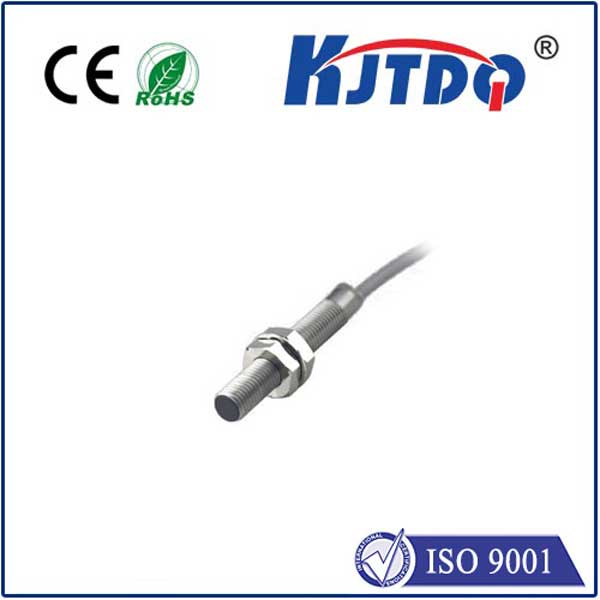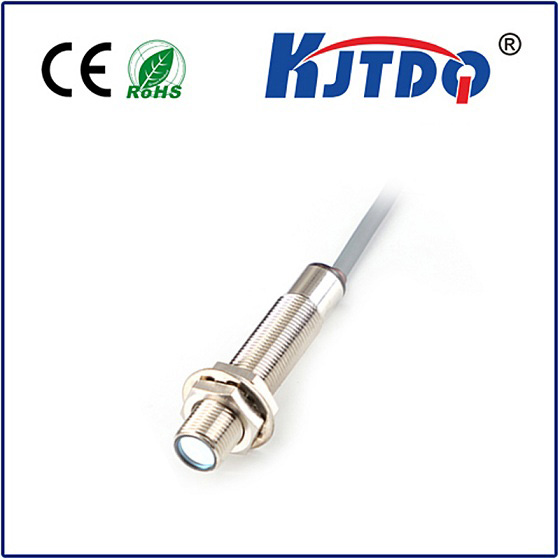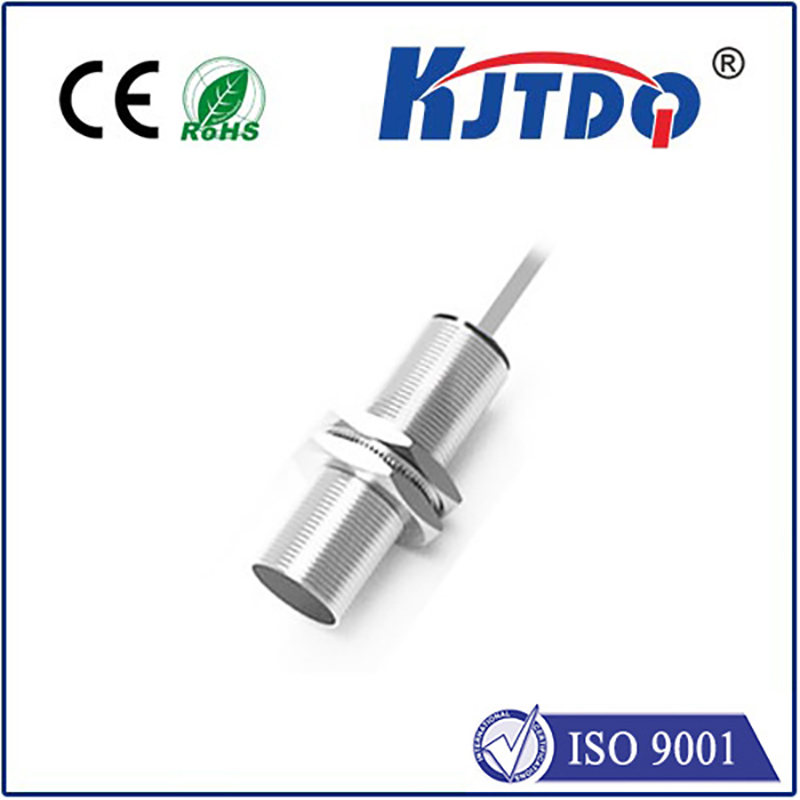fireplace limit switch
- time:2025-08-04 12:39:29
- Click:0
The Unsung Hero of Your Hearth: Understanding Your Fireplace Limit Switch
That cozy ambiance, the gentle crackle, the inviting warmth… until suddenly, your gas fireplace shuts off unexpectedly. Frustration sets in. Before you assume the worst or resign yourself to a chilly evening, consider the silent guardian of your fireplace’s safety: the fireplace limit switch. This small but critical component is often the unsung hero (and sometimes the misunderstood culprit) behind many fireplace shutdowns.
What Exactly is a Fireplace Limit Switch? (The Core Function)
In essence, a fireplace limit switch, also frequently called a high limit switch or safety switch, is a temperature-activated safety device. Its primary, non-negotiable role is to prevent your fireplace from overheating. It acts as an automatic shut-off valve triggered by excessive heat.
Think of it like the circuit breaker in your home’s electrical panel, but specifically for fireplace temperature. When the internal temperature in your fireplace’s combustion chamber or exhaust flue reaches a potentially dangerous level – typically due to restricted airflow, blocked vents, dirty components, or other malfunctions – the limit switch opens the circuit. This signals the fireplace’s control module or gas valve to immediately shut off the gas supply, extinguishing the flames. Its sole purpose is safety, preventing potential fire hazards, damage to internal components (like the heat exchanger), or even the release of harmful combustion gases into your living space.
Why is This Device So Crucial? (The Importance)

The significance of the fireplace high limit switch cannot be overstated:
- Prevents Overheating & Fire Risk: This is its fundamental purpose. Excessive heat can warp metal components, crack ceramic parts, or ignite nearby combustible materials not designed to withstand such temperatures.
- Protects the Heat Exchanger: Many modern gas fireplaces use a heat exchanger to transfer warmth efficiently into your room. If the exchanger overheats due to poor airflow (e.g., blocked air intake/exhaust vents), it can crack. A cracked heat exchanger is a serious safety issue, as it can allow combustion byproducts (like carbon monoxide) to leak into your home. The limit switch helps prevent this scenario.
- Maintains System Integrity: Prolonged overheating can damage blower motors, wiring, valves, and other internal parts, leading to costly repairs.
- Mandatory Safety Compliance: Limit switches are not optional; they are a required safety feature in virtually all modern gas fireplaces and heating appliances, mandated by national and international safety standards.
Signs Your Fireplace Limit Switch Might Be Triggering (Symptoms of Trouble)
How do you know if your fireplace safety switch is doing its job? Look for these tell-tale signs indicating it’s likely shutting the system down as a protective measure:
- Sudden, Unexpected Shutdown: The most classic symptom. The fireplace operates normally for a period (perhaps 10, 20, or 30 minutes) and then abruptly turns off, even though you haven’t touched the controls.
- Failure to Start (After a Shutdown): Following an unexpected shutdown caused by the limit switch tripping, the fireplace may refuse to restart immediately. The switch needs to cool down and reset before the system will allow another ignition attempt (this reset can be automatic or manual, depending on the model).
- Short Cycling: The fireplace repeatedly starts, runs for a short period, shuts off, cools, resets, starts again – only to shut off shortly after. This cycling is a strong indicator that the unit is overheating, tripping the limit, cooling, resetting, and then overheating again rapidly.
- Diagnostic Light Flashing (If Equipped): Many fireplaces have diagnostic indicator lights. Consult your owner’s manual; a specific flash pattern might indicate an over-temperature condition or safety switch activation.
Common Culprits: Why Your Limit Switch Might Trip (Underlying Causes)
The limit switch itself is typically very reliable, but it reacts to underlying problems causing overheating. Don’t just blame the switch – find the root cause:
- Restricted Airflow: This is the #1 cause.
- Dirty Air Filters: Filters are designed to trap dust. When clogged, they severely restrict the airflow critical for cooling the combustion chamber and heat exchanger.
- Blocked Air Intake or Exhaust Vents: Obstructions outside the house (leaves, nests, snow, debris) or inside (furniture too close, closed dampers) prevent proper air intake for combustion and exhaust venting.
- Dirty Blower Fan/Assembly: If your fireplace has a circulating blower, dust buildup on the blades or motor housing impedes its ability to draw cool room air over the heat exchanger and exhaust it.
- Dirt and Debris Buildup: Inside the combustion box or on the heat exchanger fins themselves. This acts like insulation, trapping heat where it shouldn’t be.
- Malfunctioning Blower Motor: If the blower isn’t turning on at all, or is running too slowly, it fails to remove heat effectively.
- Faulty Gas Valve/Pressure Issues: Incorrect gas pressure (too high) can cause the flames to be excessively large and hot.
- Defective Thermopile/Thermocouple: While these generate power for the gas valve, related failures can sometimes lead to erratic operation. However, airflow issues are far more common.
- Improper Installation or Venting Design: Rare, but possible if the fireplace was not installed correctly initially.
Troubleshooting & What You CAN (and CANNOT) Safely Do
Important Safety Note: Fireplaces involve gas combustion, high temperatures, and electricity. Unless you are a qualified technician, DO NOT attempt to disassemble the combustion chamber, gas valve, or electrical components. Tampering can be dangerous and often voids warranties.
Here’s what a homeowner can safely check:
- Inspect & Clean Air Filters: Locate the filter(s) (usually behind the louvers or a front access panel). Remove them and check for dirt. Vacuum or replace them according to the manufacturer’s instructions. This is often the simplest and most effective fix. Do this regularly! (Monthly during heavy use).
- Check Air Intake & Exhaust Vents: Go outside. Locate the vents (often PVC pipes on the exterior wall). Ensure they are not obstructed by leaves, nests, spider webs, snow, ice, furniture, or landscaping debris. Clear any blockages carefully.
- Ensure Interior Clearances: Verify nothing (furniture, curtains, decorations) is blocking the fireplace’s interior air intake louvers or its discharge venting area.
- Verify Blower Operation: If equipped, listen for the blower starting shortly after the fireplace ignites. Feel for airflow coming from the vents. If it’s not running, check the owner’s manual for blower settings or speed controls.
- Reset (If Applicable & Safe): Some limit switches have a manual reset button, accessible without major disassembly (often a small red button near the switch). Only press this after the fireplace has cooled down significantly (wait at least 30-60 mins), and after you’ve checked filters/vents. If it trips again immediately or soon after restarting, STOP. The underlying problem remains. Many modern switches auto-reset after cooling; no manual button exists.
When to Call the Professionals (Essential Next Step)
If the basic steps above (especially cleaning filters and checking vents) don’t resolve the issue and your fireplace keeps shutting down:
- Call a Certified Fireplace Technician. They are trained and equipped to:
- Safely Diagnose: Access internal components to find the






